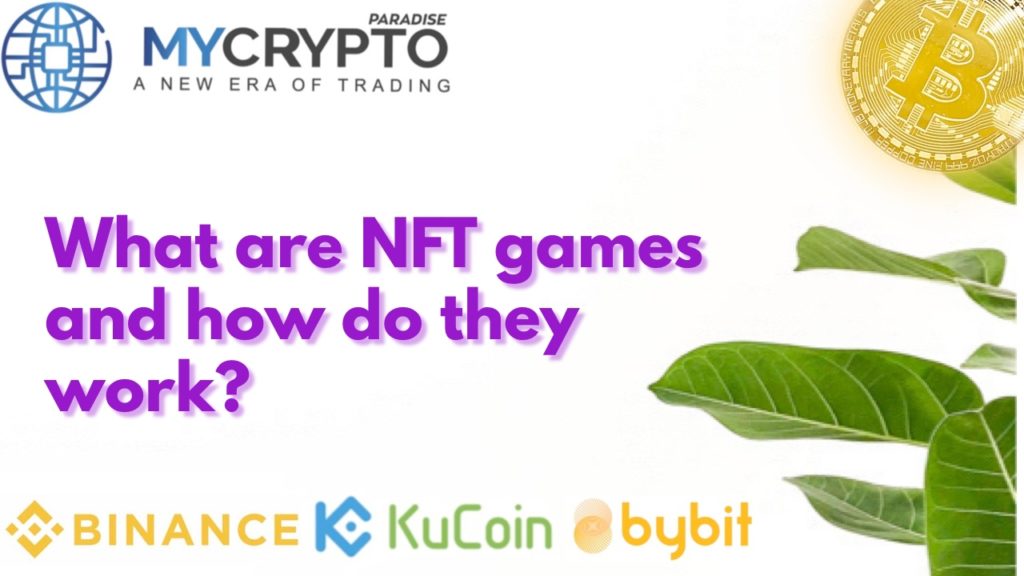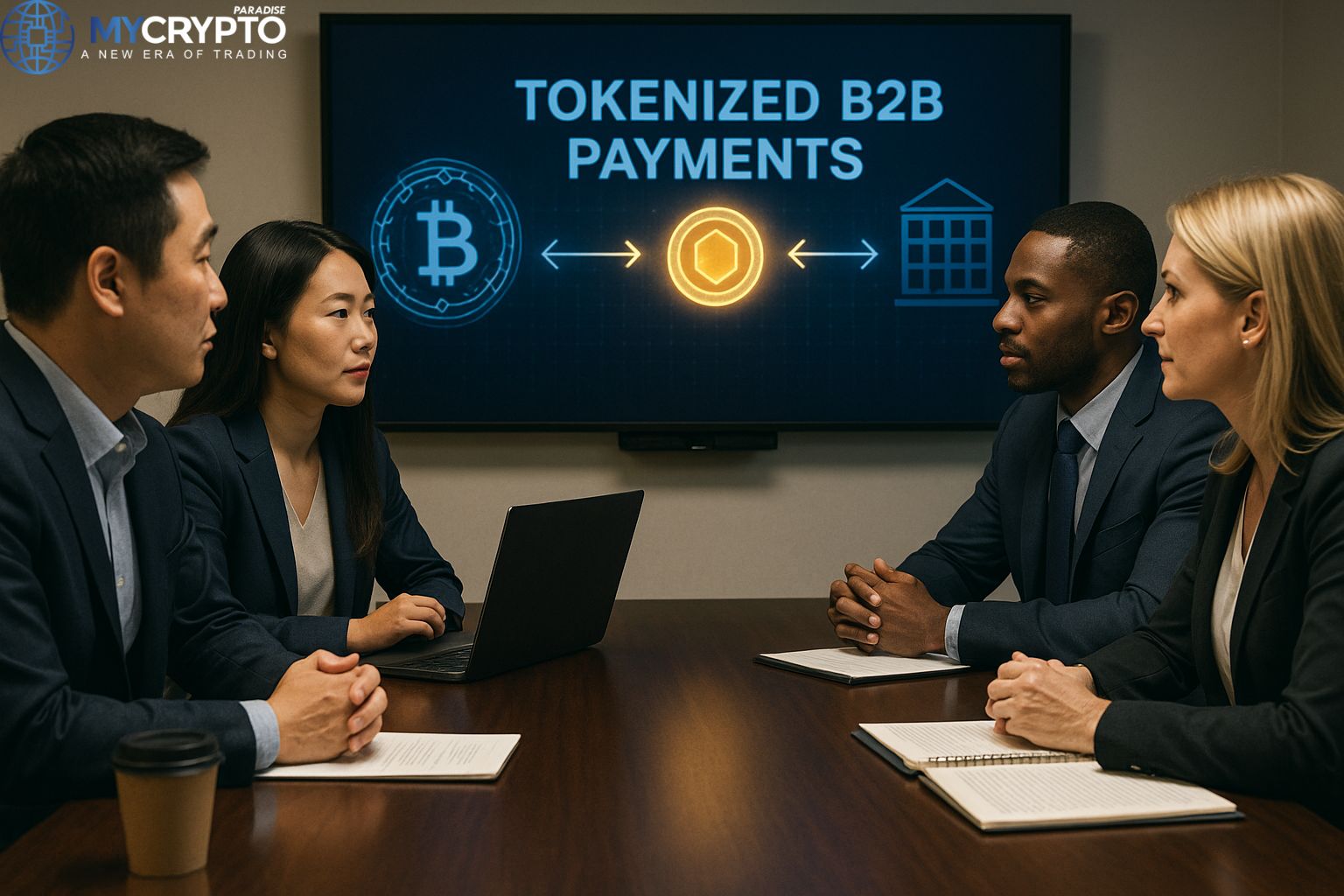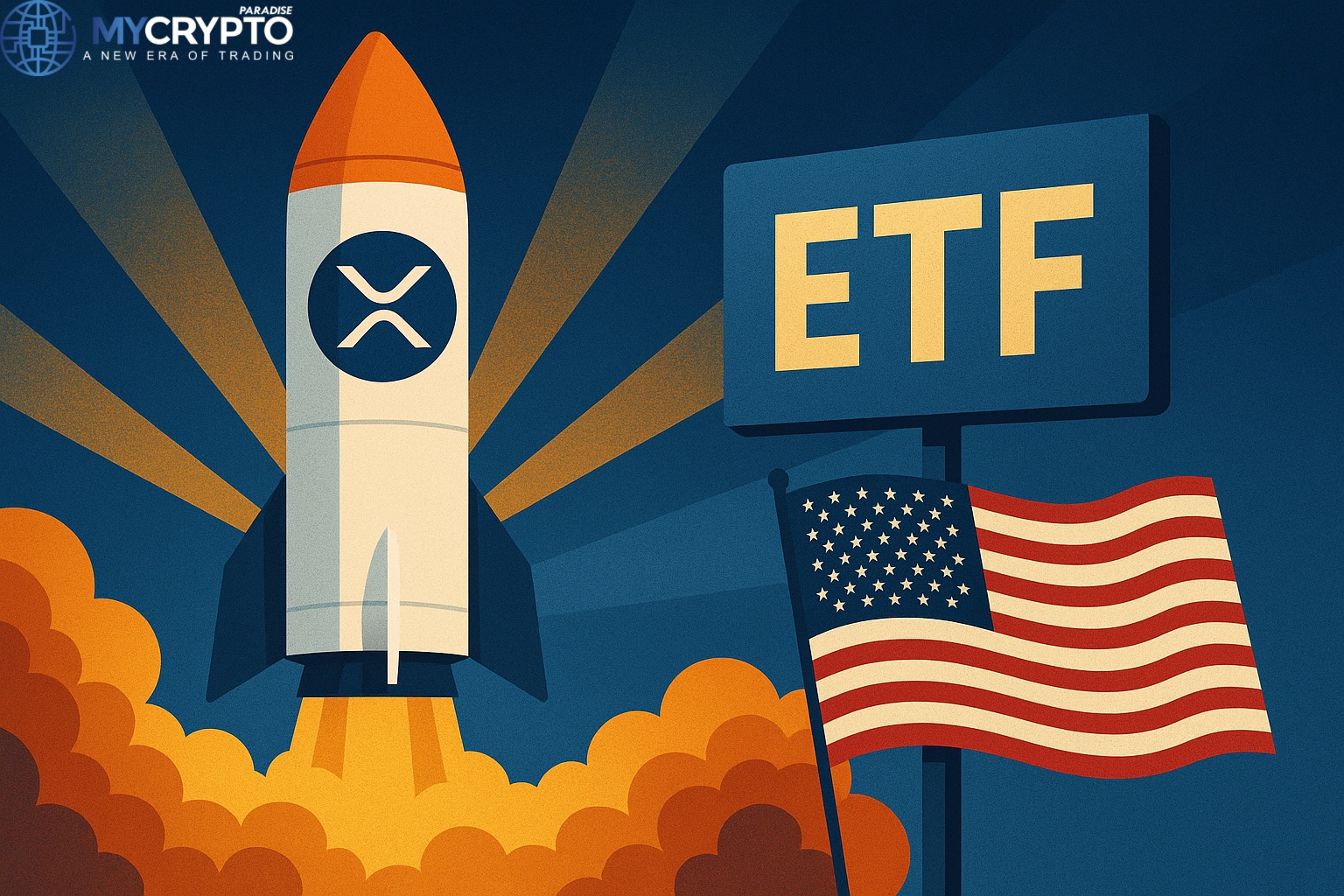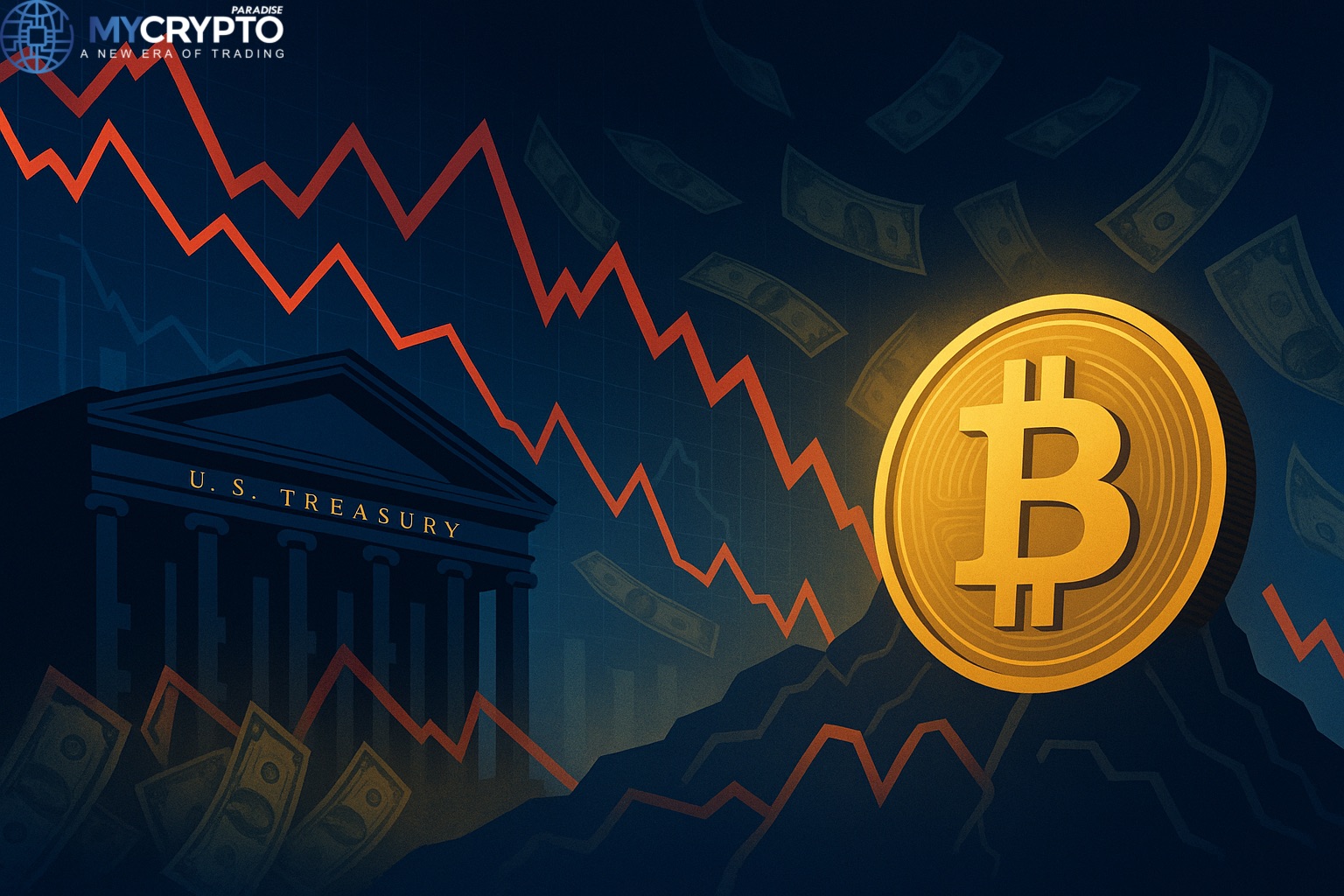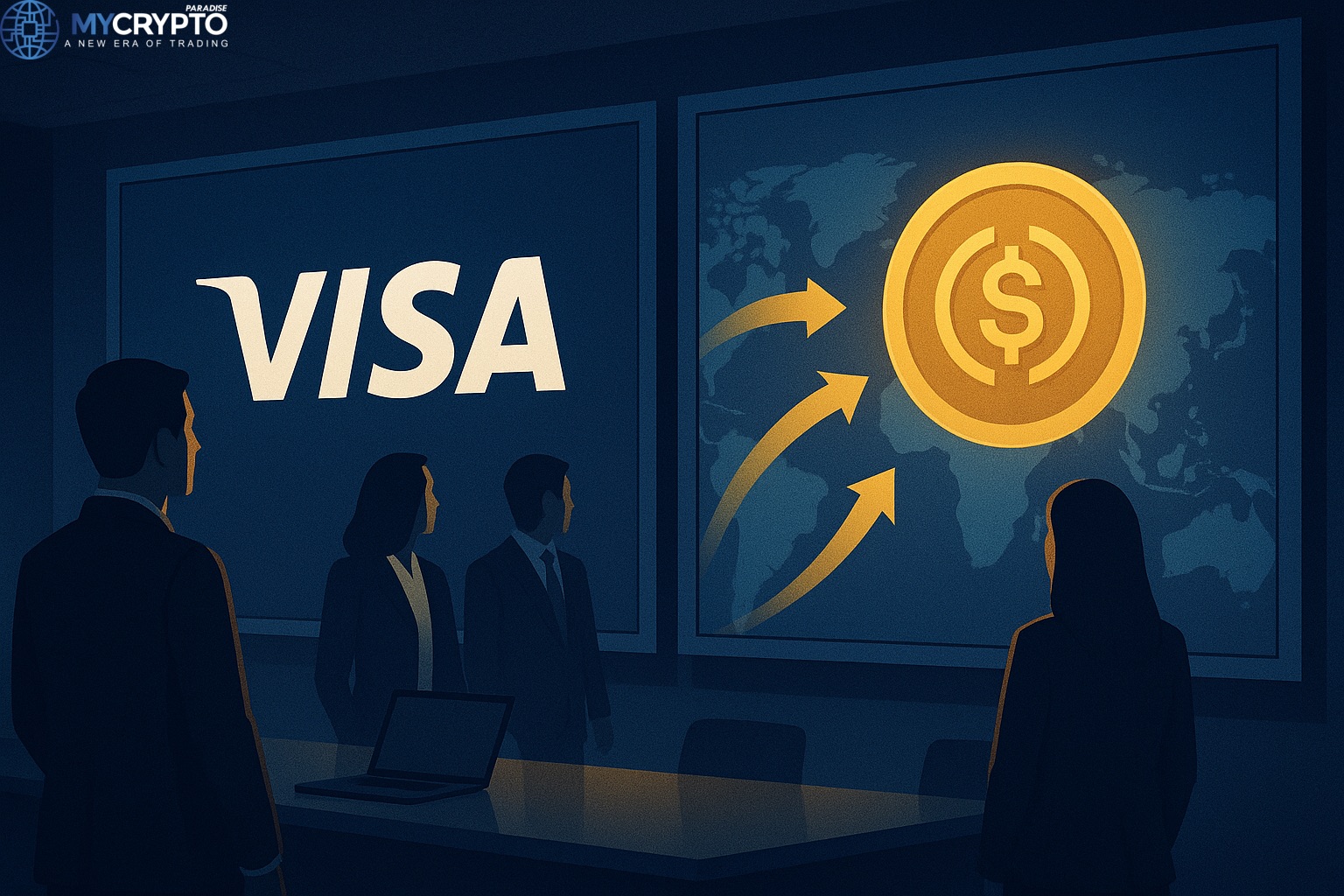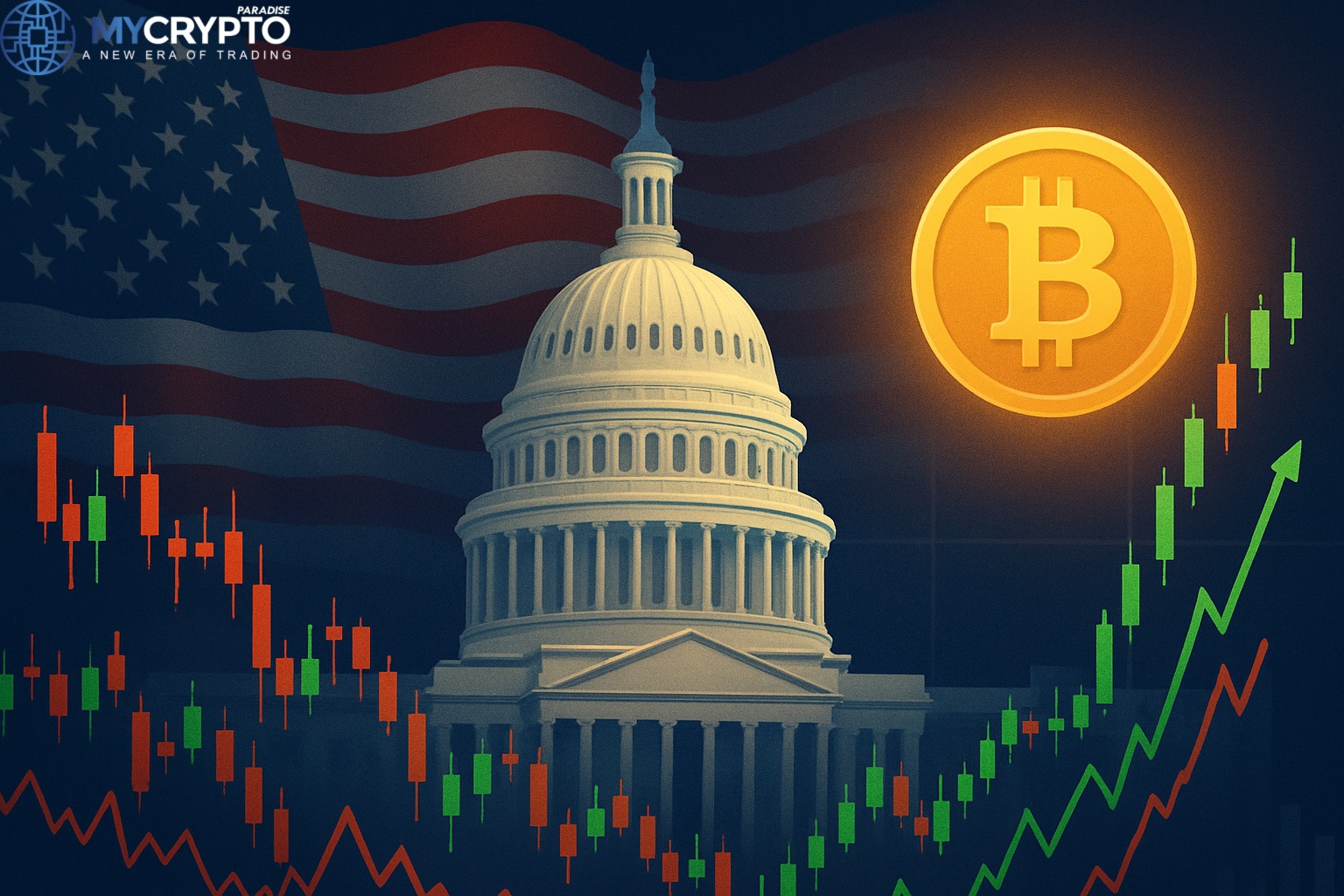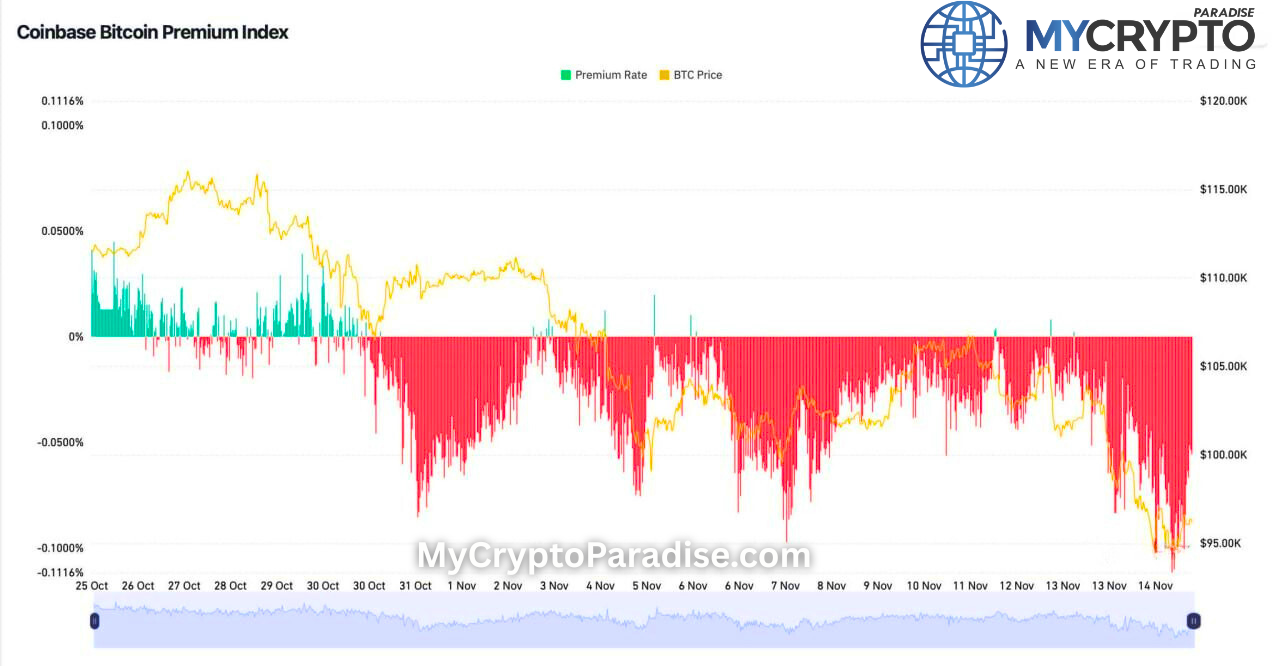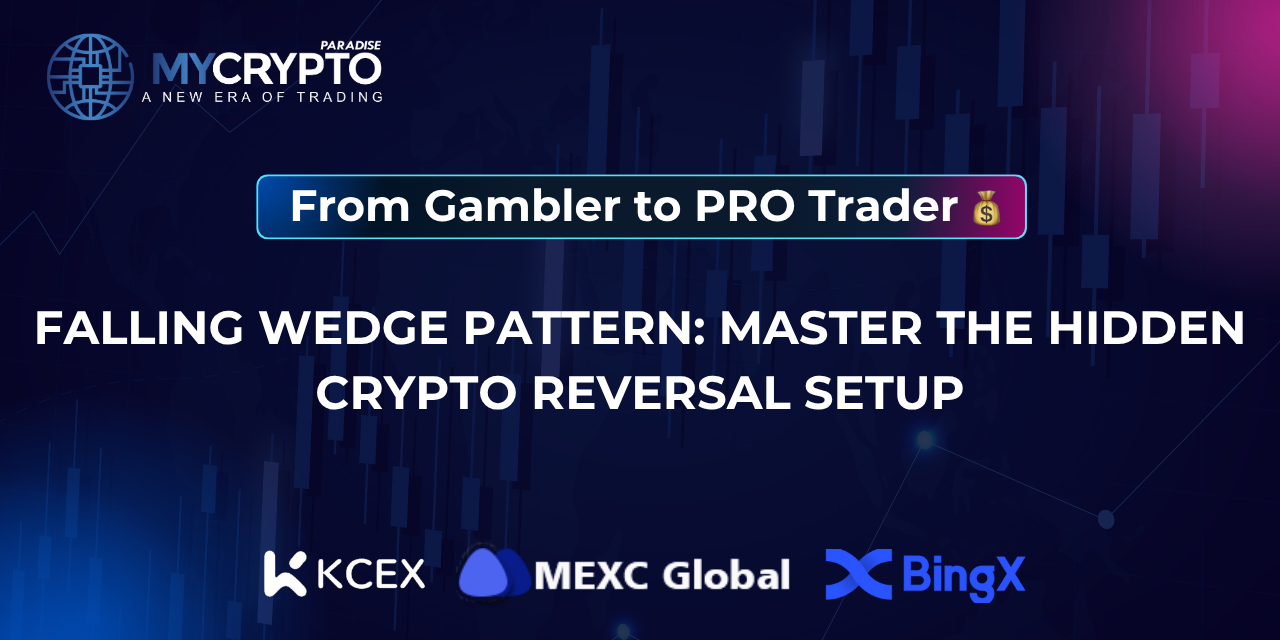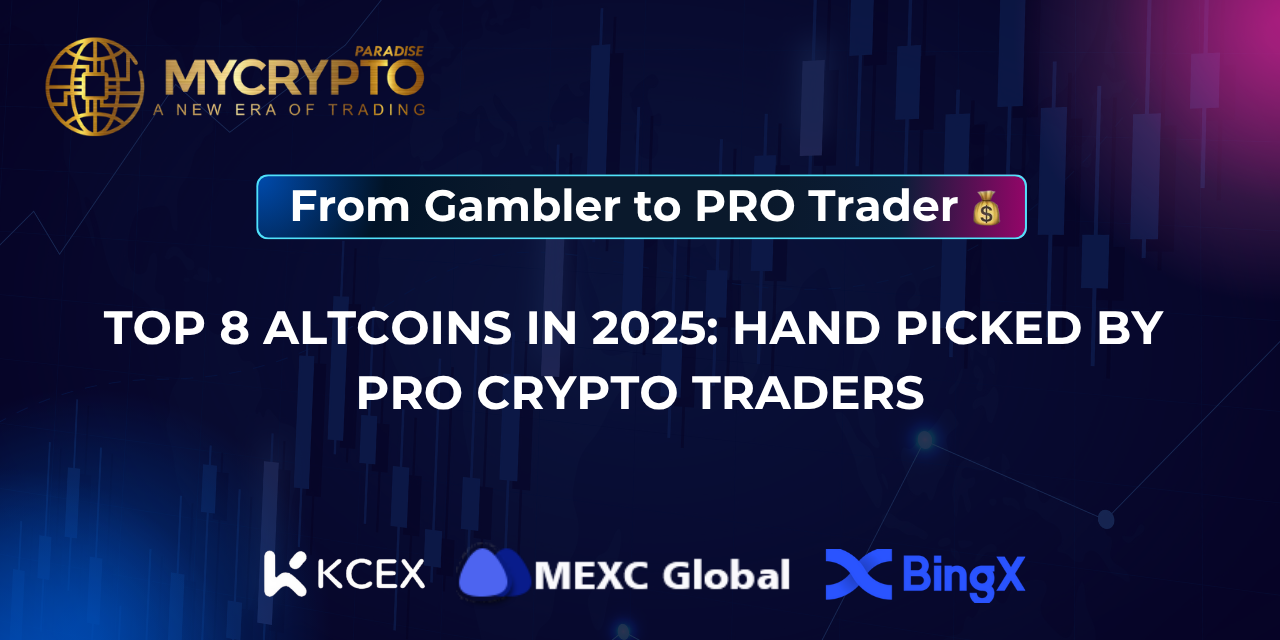Non-fungible tokens, also known as NFTs, are a type of digital asset that are used to represent a wide range of one-of-a-kind tangible and intangible products. These goods can be anything from collector sports cards to virtual real estate to digital shoes.
NFTs and Cryptocurrencies are taking the world by storm, now is your chance to become part of a thriving community of crypto-enthusiasts who are taking their trading game to the next level.
Join today and take your trading game to the next level!
1. My Binance Paradise – https://t.me/MCP_binance
2. My KuCoin Paradise – https://t.me/MCP_KuCoin
We are offering a special discount to all eager folks who want to join our premium groups . Use to the discount code BESTTRADERS20% to get an exclusive 20% discount on your premium membership today! (Check the reviews from our happy clients!). Don’t wait any longer and use the coupon code before it expires!
One of the primary advantages of having a digital collectible over a tangible collectible such as a Pokemon card or a rare minted coin is that each NFT has unique information that distinguishes it from other NFTs and makes it easily verifiable. Because of this, there is no longer any demand for the production and distribution of fake products because it is possible to track each item all the way back to the entity that initially issued it. Because of the profound impact that NFTs have had on the gaming and collectibles sectors, bitcoin consumers and businesses alike have shown a growing interest in utilising these digital assets. Since the beginning of the year 2017, a total of $174 million has been invested in NFTs.
With the introduction of blockchain technology, gamers and collectors may now become the immutable owners of in-game goods and other one-of-a-kind assets, as well as profit from them.Participants in virtual settings such as The Sandbox and Decentraland, when presented with the right set of circumstances, have the opportunity to construct and commercialise amenities like casinos and theme parks within those simulations. They may also sell on the secondary market certain digital objects that they have gained while gaming, such as clothes, avatars, and in-game cash.
For artists, the ability to sell artwork directly to a worldwide audience of consumers without going via an auction house or gallery enables them to retain a considerably larger share of their sales revenues.
Additionally, royalties can be integrated into digital artwork so that the artist receives a portion of the sale revenues whenever their work is transferred to a new owner. This ensures that the artist is compensated fairly for their labour.
William Shatner, popularly known as Captain Kirk on “Star Trek,” entered the world of digital collectibles in 2020, when he released 90,000 digital cards on the WAX blockchain featuring various photos of himself. Each card was first sold for around $1 and now earns Shatner passive royalties on each resale.

What are Non-Fungible Token (NFTs)?
A Non-Fungible Token, or NFT for short, is a digital cryptographic token that is built on blockchain technology and represents a one-of-a-kind item. A multitude of different uses can be found for an NFT. It could be a piece of rare cryptographic artwork, a virtual cash utilised in a game, or even a genuine asset such as a piece of real estate. In a world where everything is “copy-pasted,” the age-old challenge of establishing decentralised digital collectibility and ownership has been successfully overcome by NFTs.
NFTs are not fungible. Because of this feature, each token is guaranteed to be unique, and it will never be possible to exchange one token for another in the future. You have the option of trading one Bitcoin for another Bitcoin that is identical to the first Bitcoin in all respects. This second Bitcoin will be equivalent to the first Bitcoin in all respects. When utilising an NFT, this action is not permitted under any circumstances, regardless of whether or not the NFT artwork in question has been released as part of a series that features a great number of distinct iterations. In this scenario, the metadata that is linked with each NFT would be unique, just as it would be in the case of a numbered series of prints. Specifically, each NFT will have its own unique identifier.

How are NFT games played?
Taking part in an NFT game is not the same as simply keeping cryptocurrency trinkets in a wallet. An NFT game has non-traditional tactics built into its rules, gameplay mechanics, and interactions between players. For example, a game might employ an NFT to represent your own character or avatar in the game. There is a possibility that non-fictional items found in-game could be NFTs. After that, you can make a profit by exchanging or trading your NFTs with other players. You can also make money through non-fixed-odds betting (NFT) games if you take advantage of a more modern strategy known as play-to-earn, which we will investigate in greater depth in the following section.
Therefore, how exactly is it possible to technically implement NFTs into a gaming environment? In order for developers to exchange, generate, and implement non-fungible tokens (NFTs), they must first construct smart contracts that establish the regulations governing NFTs. On a blockchain, smart contracts are snippets of code that may carry out their own execution. For instance, the cryptocurrency platform CryptoKitties is organised around a limited number of primary contracts. The one that is most well-known is their geneScience contract, which outlines the several random mechanisms that are used in the production of new cats. The developers of the game at first hid the game’s source code from the public. Gamers who were truly invested in the game went so far as to develop algorithms that could estimate the likelihood of spotting particular characteristics in cats. It’s possible that players will put this information to use to improve their chances of producing a rare breed that’s worth more money.
Conclusion
As discussed previously, the underlying premise of NFT is straightforward: by utilising blockchain as a distributed ledger system, in-game assets are transformed to NFT assets. This entails ascribing the following characteristics to these assets: authenticity, uniqueness, ownership, and transferability.
The majority of pay-to-win video games incorporate a digital economy.
Likewise, this is true for blockchain-based games. Their digital economies, on the other hand, are extendable to other in-game economies, so creating a multiverse of digital and physical economies. Not just game titles, but also in-game assets may be commodified via blockchain technology.
